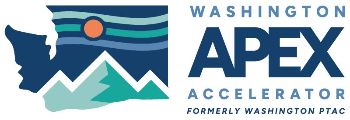Kitsap's housing market is expanding — but will it ever be enough?

3 May 2022
Economy, Executive Director Monthly Column, Housing
 Joe Morrison, KEDA Executive Director, for the the Kitsap Sun
Joe Morrison, KEDA Executive Director, for the the Kitsap Sun
Gratitude, they say, is a best practice for daily life. When it comes to daily life in Kitsap, I’m grateful I own my home, something becoming harder and harder to do.
For much of 2022 and 2021, home values have grown aggressively across Kitsap, often between 1.5 to 2 percent monthly. To put that in perspective, if home values grow at 2 percent every month, that translates to an annual increase of 26.8 percent. That’s according to Skylar Olsen, principal economist for financial technology startup Tomo, who spoke recently at KEDA on the subject. The pattern is clear: Across Greater Seattle, suburbs like Kitsap have been in high demand throughout the pandemic.
“It is still a boon, it feels like, to acknowledge and recognize that the appeal of our wonderful place is not lost on anyone else,” Olsen said at the KEDA annual meeting as the featured speaker. “Kitsap county in general is remaining an incredibly attractive place for people to move. That’s a lot of what home price signals end up telling us.”
And the home price signals for the past two years have been shocking. Each week, local Keller-Williams realtor Stephanie Dupuis publishes a YouTube video covering the latest Kitsap real estate numbers. As of early April, median home sale price was $570,000 in Kitsap, excluding Bainbridge. That median sales price was up $10,000 from the week prior. While Dupuis sees signs that the housing market may be easing, she acknowledges that things have fundamentally changed with values here in Kitsap.
“It’s a tale of two markets,” Dupuis said. “The 'old' Kitsap allowed most folks an avenue to home ownership. Now we are becoming a high-net worth suburb of Seattle. It’s happening at such lightning speed, it’s difficult for locals to wrap their minds around. To an extent, I’m surprised it took others so long to discover Kitsap. What’s not a surprise is that home prices in our area are skyrocketing. It’s heaven here, and the cost of living we used to have was the hidden treasure.“
Answer the question about who can afford to buy a home in a community, and you answer other questions. You answer whether the people who work in a community can afford to live there. Most importantly, you answer who gets to build and create wealth, since home ownership is a major driver of net worth.
Nationally, about two in three American households own their own home (65.5%). Homeowners have median net worth about 40 times ($254,900) more than non-homeowners ($6,270), according to the federal reserve. With rising home prices in Kitsap, getting on the home ownership ladder here is becoming more and more difficult. Housing cost increases, along with widespread inflation, doesn’t just cause problems for first-time buyers; it also inhibits historically disadvantaged populations. They already have a history of low home ownership rates. Across the nation, Black and Latinx households are far less likely to own homes, at just 43.1% (Black) and 48.4% (Latinx) rates, compared to the white ownership rate of 74.4%.
Unfortunately, the Kitsap rental market doesn’t provide a break either from high housing costs. The best and most consistent data we have is from Bremerton-Silverdale, since the federal Department of Housing and Urban Development conducts a survey each year to calculate fair market rents there (defined as 40 percent of the gross rents in a metro area for standard units). HUD surveyed the market in November 2021 to get their 2022 numbers: Now, a one bedroom “fair market rent” is $1,368 — a 20 percent increase on 2001, when it was $1,141. That’s on top of the 13 percent annual increase from 2020, when the same apartment was $1,003.
 Based on the new fair market rent, I’d expect to see median gross rents around $1,500 — but that was probably true five months ago. Now it’s more expensive. As I write this, apartments.com shows 182 units available in Bremerton. Only around 17 percent (31) are available for $1,500 or less. The current median cost of a Bremerton apartment is around $1,850 (72).
Based on the new fair market rent, I’d expect to see median gross rents around $1,500 — but that was probably true five months ago. Now it’s more expensive. As I write this, apartments.com shows 182 units available in Bremerton. Only around 17 percent (31) are available for $1,500 or less. The current median cost of a Bremerton apartment is around $1,850 (72).
Stepping up to discuss our local housing challenge is the Kitsap County Association of Realtors, who are hosting the Target: Housing conference on May 10 in Bremerton. They’re bringing in Rosen Consulting Group to take a deeper dive into Kitsap’s numbers, discussing potential solutions.
“Kitsap County is suffering, as most of the nation is, with a critical housing shortage,” said Tiffany Claxton, CEO at Kitsap County Association of Realtors. “Equitable housing solutions cannot be offered without looking at the core research on our county. We look forward to presenting this information from Rosen Consulting Group and hosting a much-needed discussion on how to bridge the gap in our local market.”
Whatever the solutions are to Kitsap’s present housing crunch, they won’t be easy: Increasing density, decreasing fees, lowering environmental requirements, loosening regulations, raising taxes or redirecting government dollars are all answers that might put a dent in the problem. They all come with significant drawbacks and criticism.
And good news may be on the way: While the cost of housing in Kitsap may have fundamentally shifted upwards, there are signs that the market may be slowing and we’re starting to head downhill. As of the end of April, interest rates for a 30-year-fixed mortgage sit at 5.2%, a 12-year high according to the Mortgage Bankers Association. Given the 1980s-level inflation we’re seeing across the nation, the federal reserve has signaled they will continue to raise interest rates in an effort to cool the economy.
All this can contribute to a slowing housing market. Here in Kitsap, realtor Dupuis points out that may be finally happening. Purchases no longer exceed available inventory on a regular basis, increased inventory is coming on the market each week, and buyers are being more insistent about demanding home inspections.
“The week of April 19 we saw 28 price reduced listings in Kitsap County, 14 percent of our available housing inventory,” Dupuis said. “Six months ago we would see maybe one or two, if not zero, price reduced listings. We are also seeing fewer multiple offers. While lagging indicators still show a hot market, leading statistical indicators are showing a slowing market.”
Additionally, thousands of units are coming on the market over the next few years across Kitsap, particularly in the center and south of the county. Port Orchard alone expects to have over 2,100 new housing units occupied by 2025 — with another 2,900 units planned. It appears that in Kitsap, we’re trying to build the needed housing capacity. The question is whether it will be enough.
The largest generation in U.S. history, millennials, are now following the pattern of nearly every other American generation and moving to the suburbs, settling down. Many consumers still have significant savings in their pockets from the pandemic and are in better financial shape, enabling home purchases. We also live on the edge of Greater Seattle, one of the nation’s most powerful economic engines and a beautiful place.
When I moved to Kitsap in 2017 I was lucky. I spent a day looking at houses. After seeing some homes that just didn’t work, I found the right house, off market, through a chance encounter and a casual recommendation. I love my home and I’m thankful for this remarkable stroke of luck.
But for the overall economic health of Kitsap, long-term we’ll need less luck and more housing.
Joe Morrison (morrison@kitsapeda.org) is Executive Director of the Kitsap Economic Development Alliance. Join the Kitsap County Association of Realtors for the “Target: Housing” Summit on May 10 from 9 to 11 a.m. at the Kitsap Conference Center at Bremerton Harborside. Registration is $40 and at http://kitsapeda.me/housing.
More Topics
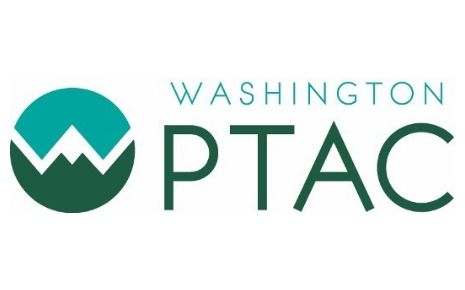







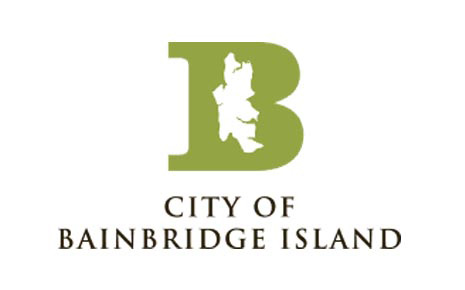
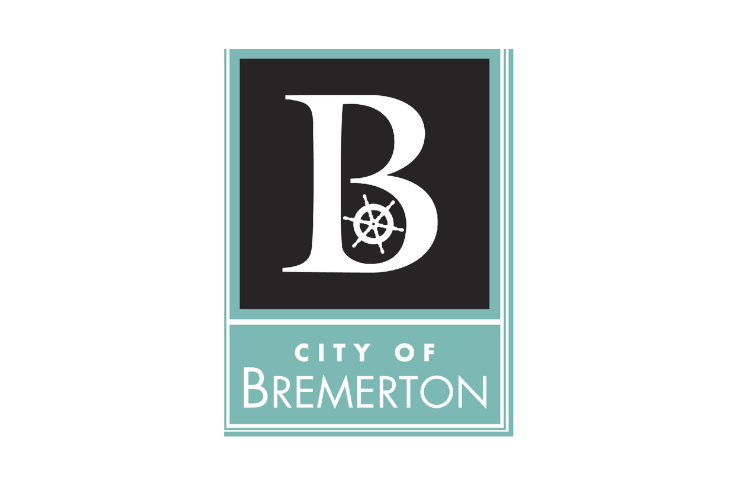
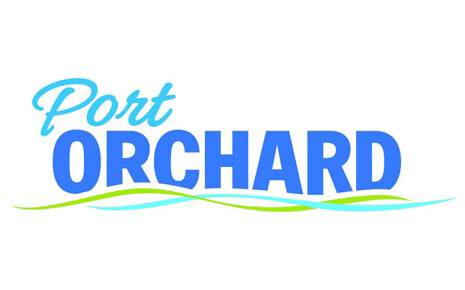


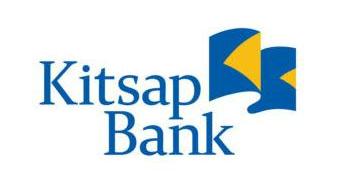
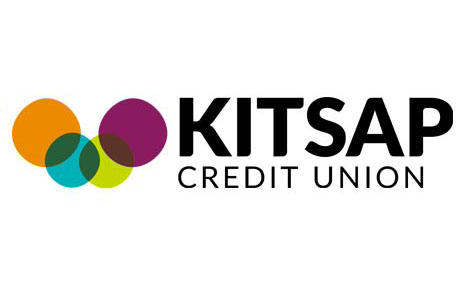
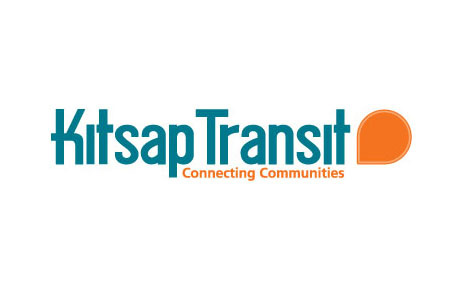
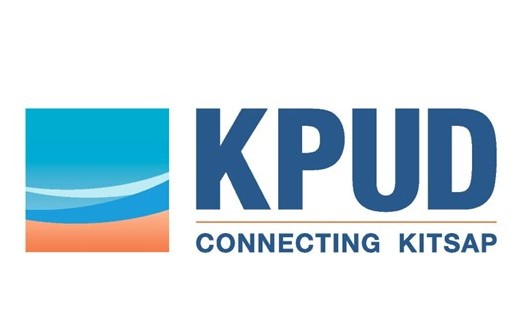
.png)

.png)




.png)

